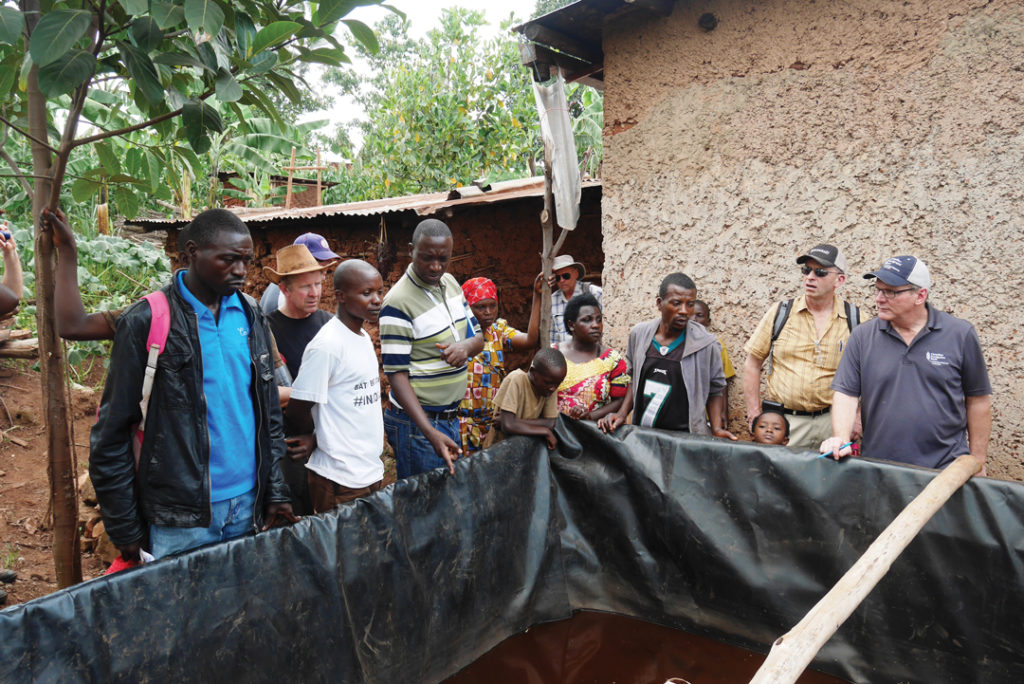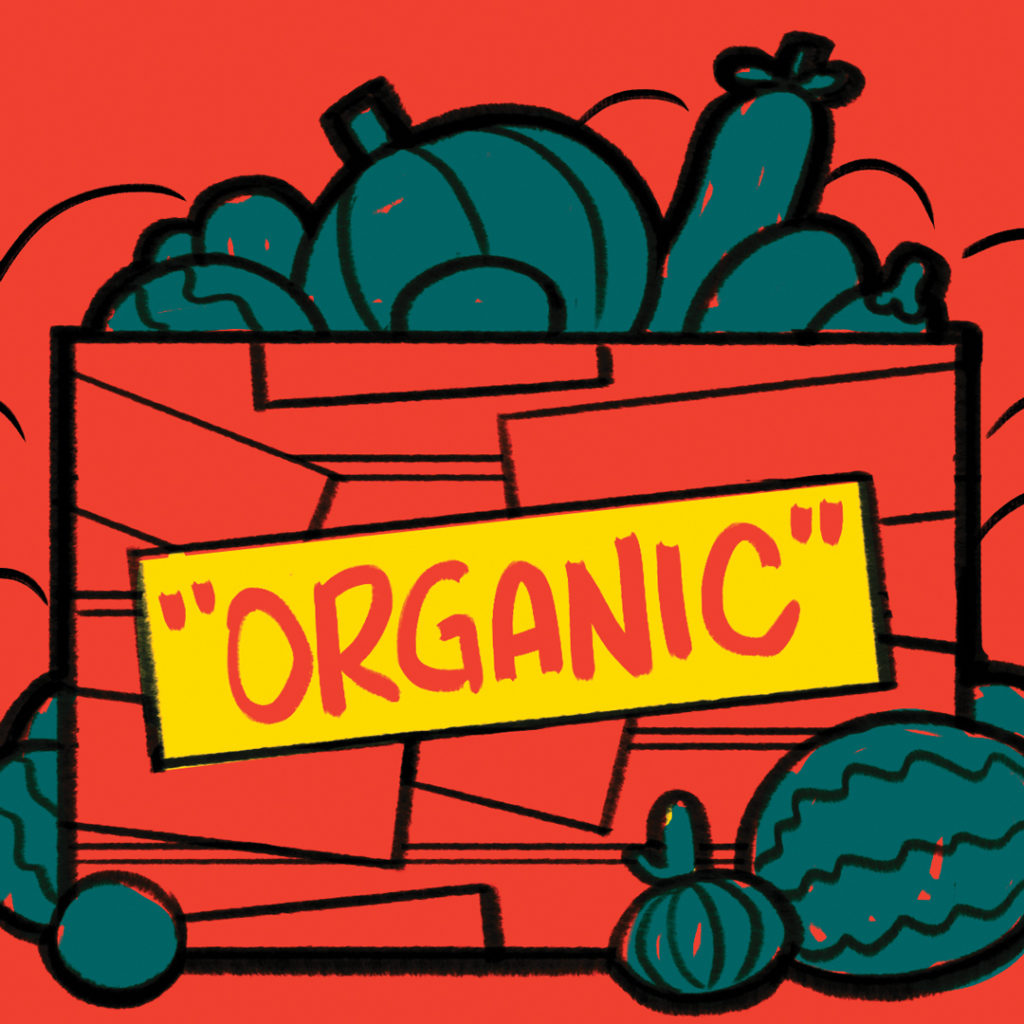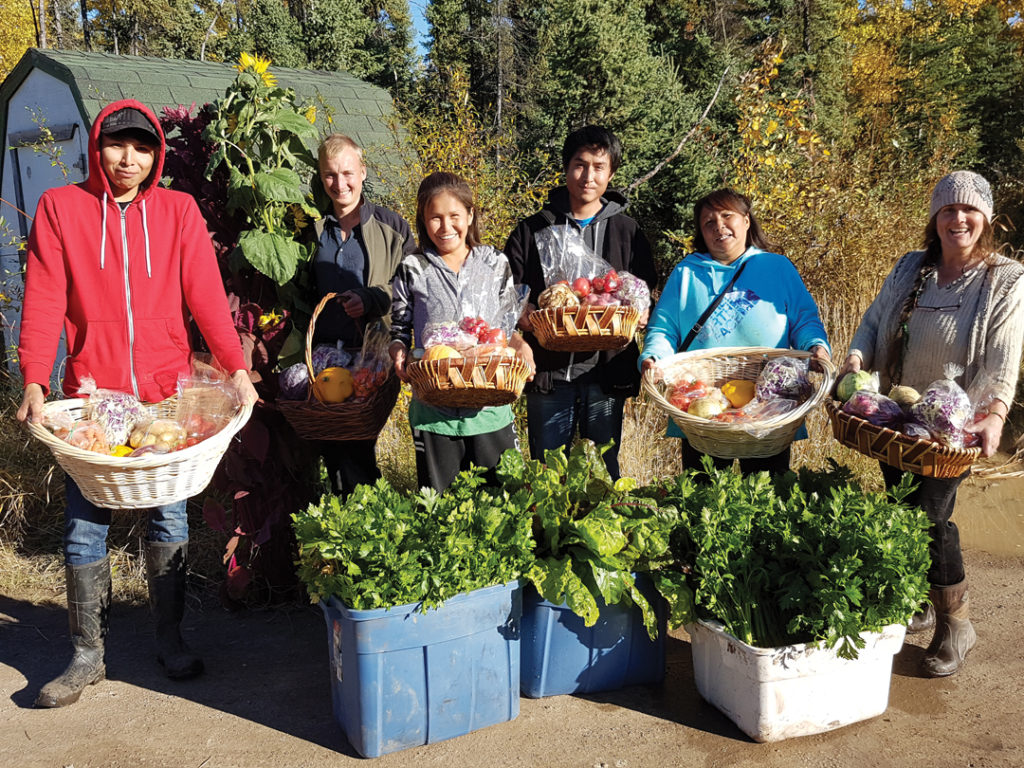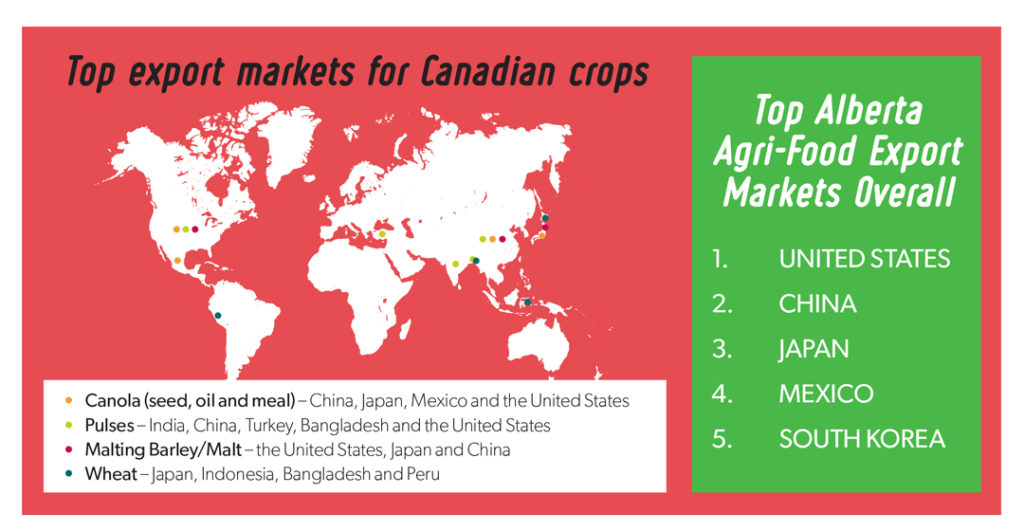SPREADING THE WEALTH
EARL Jeninga and 11 other Canadians travelled to Rwanda in January to learn about projects supported by the Canadian Foodgrains Bank (CFGB) and to see where CFGB funds—which are primarily raised by Canadian farmers—are being put to work. According to the CFGB’s 2015/16 annual report, $551,940 was budgeted for Rwanda during that fiscal year, benefitting a forecasted 20,570 people through agriculture and livelihood assistance projects.









